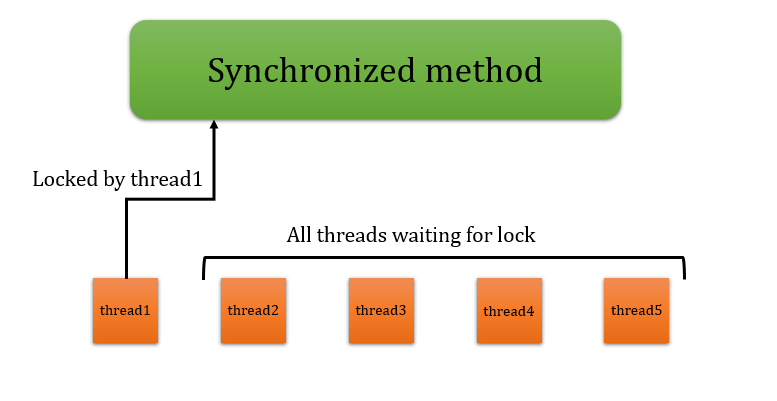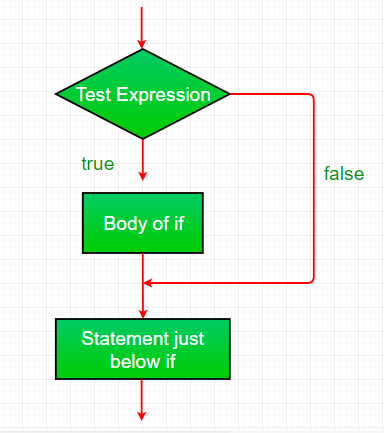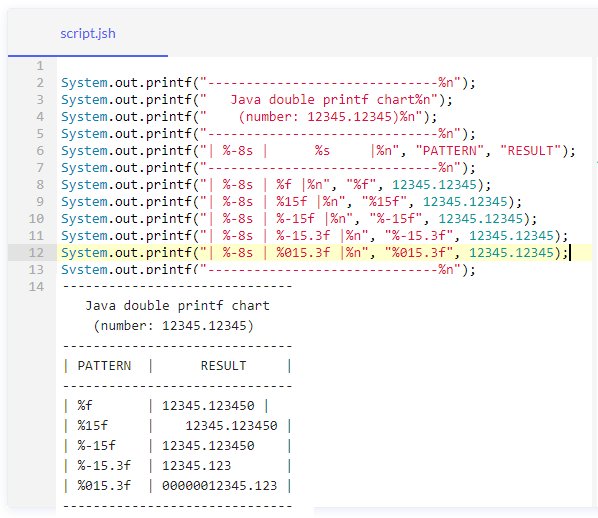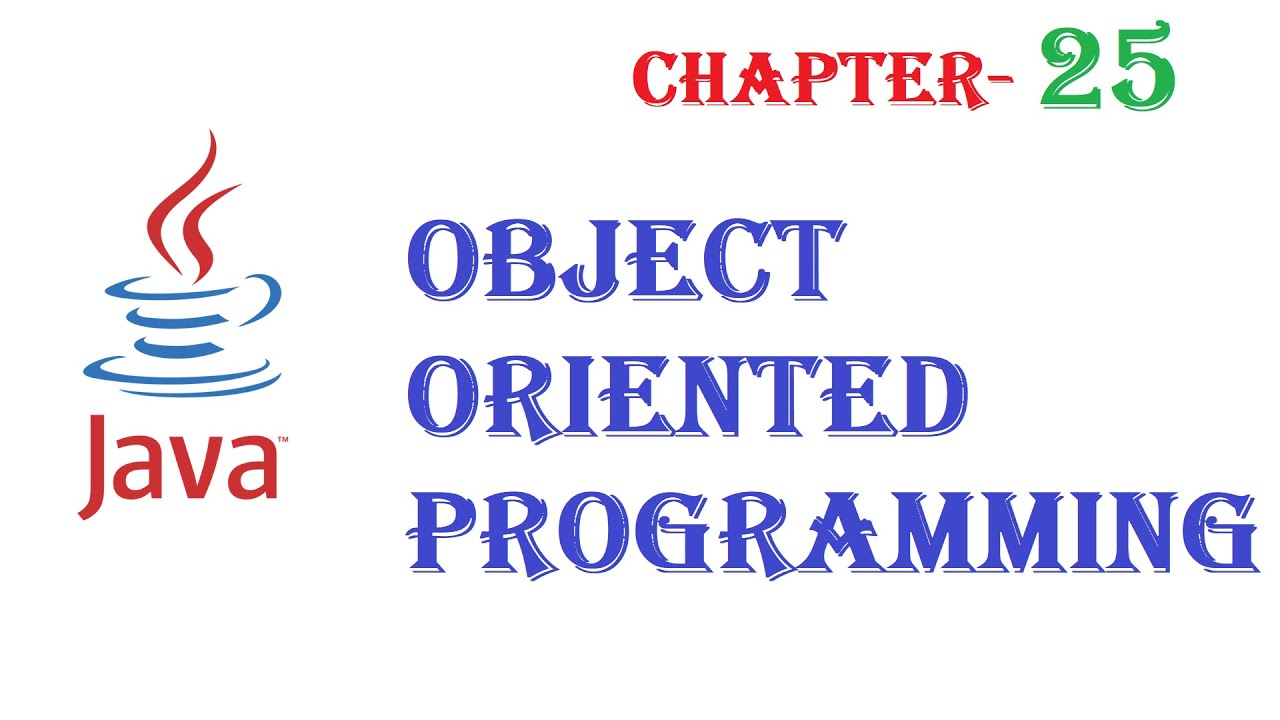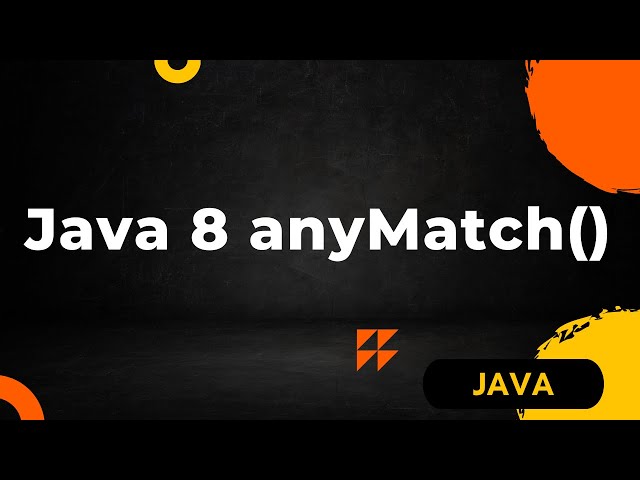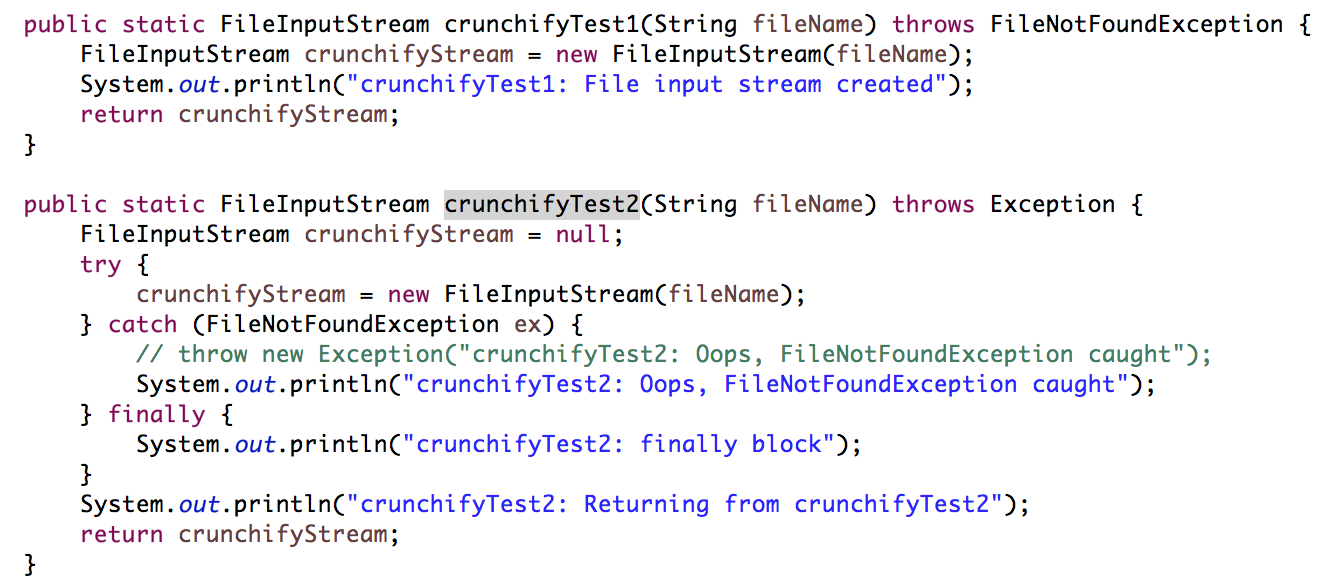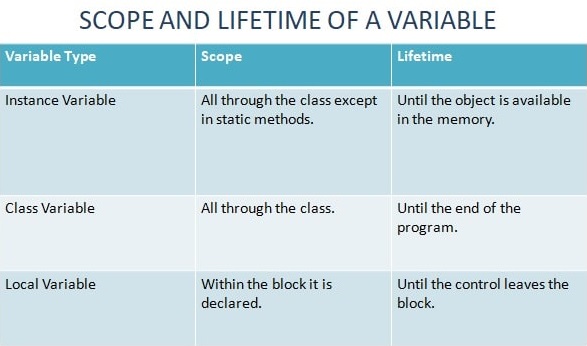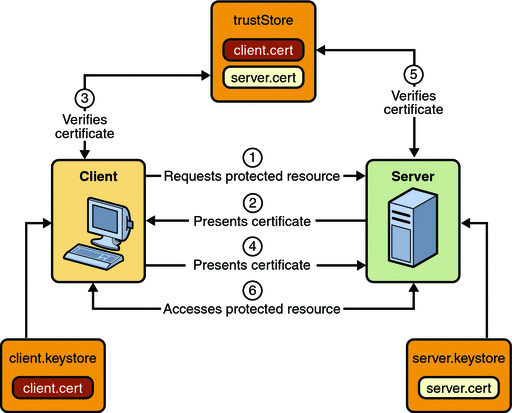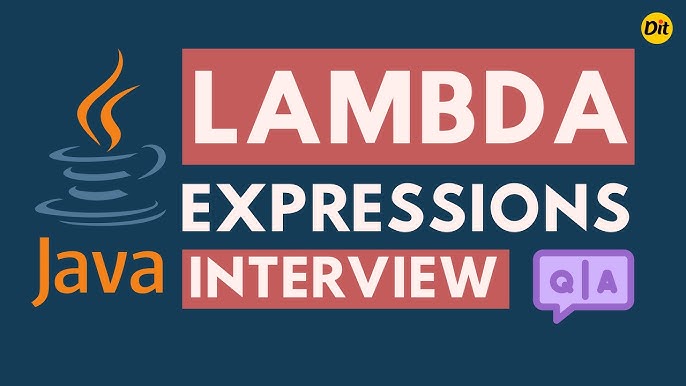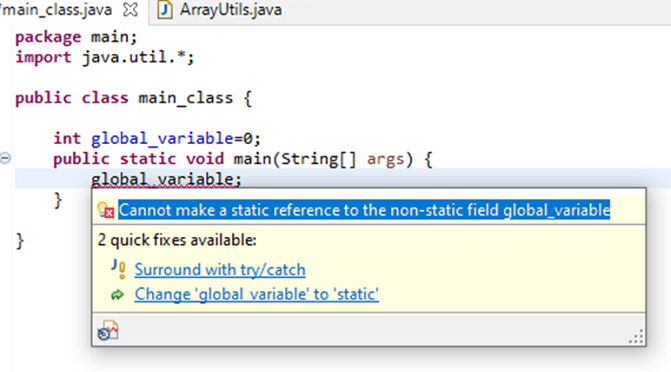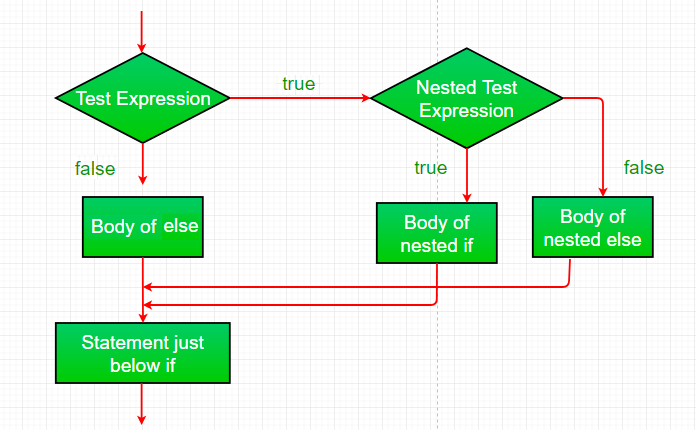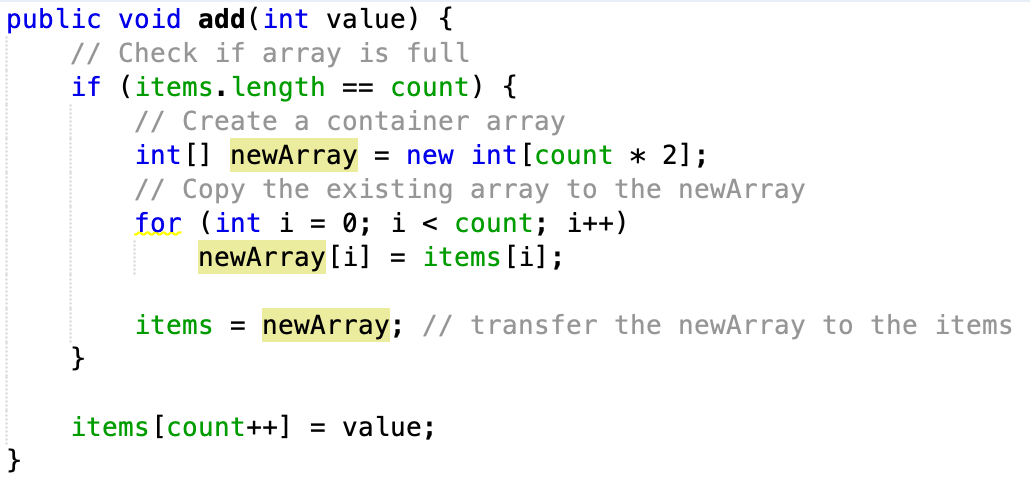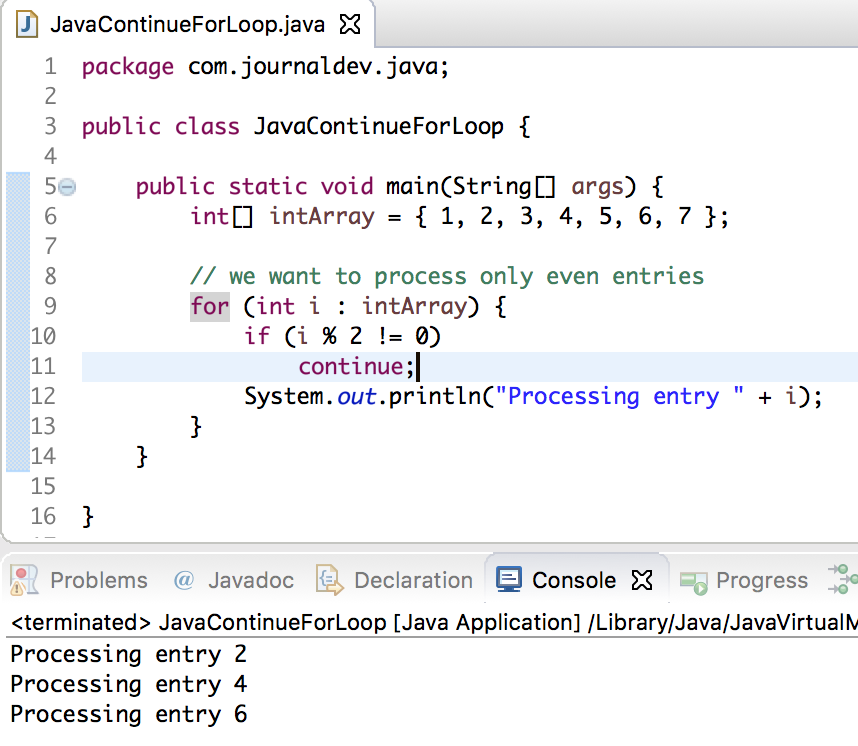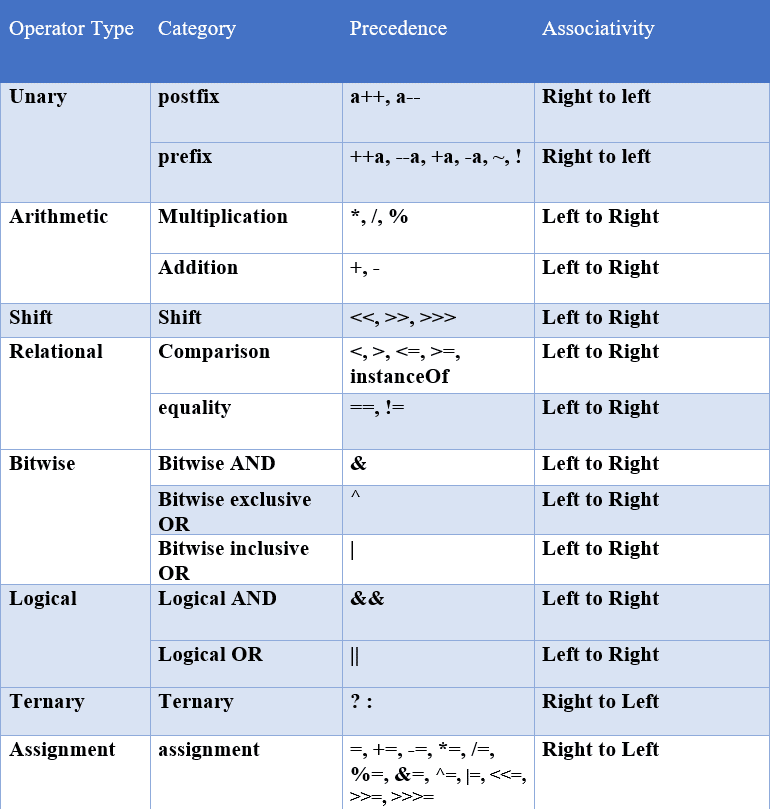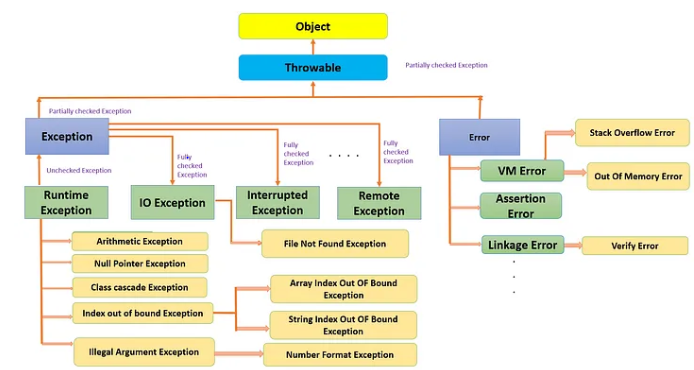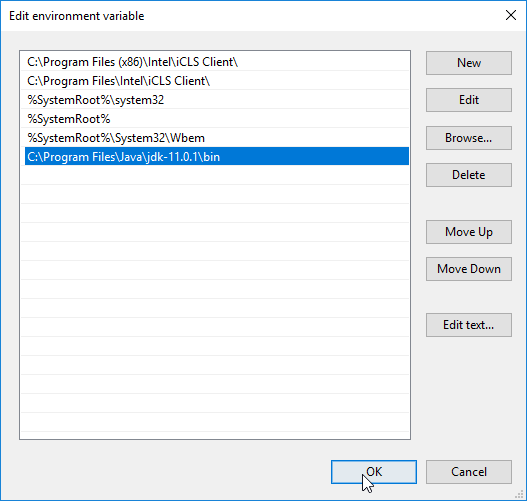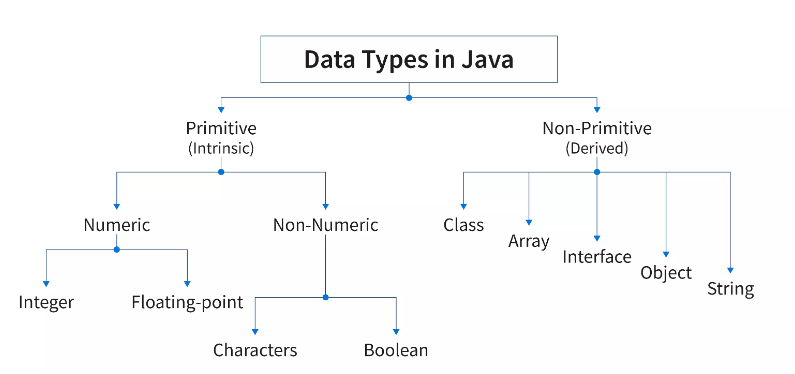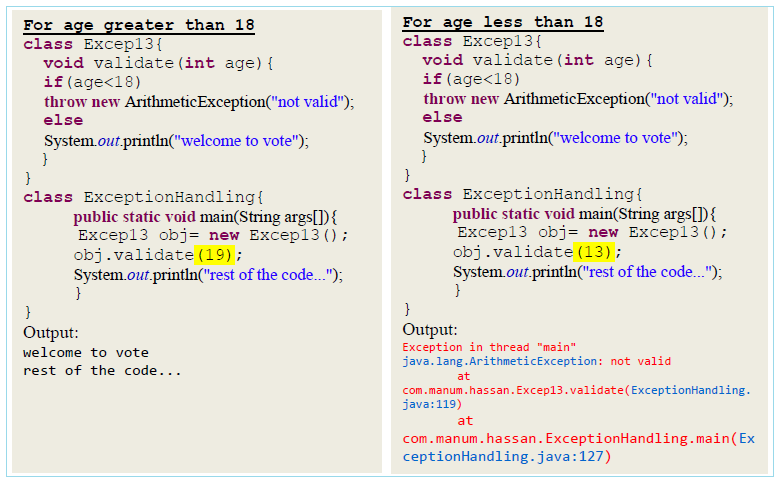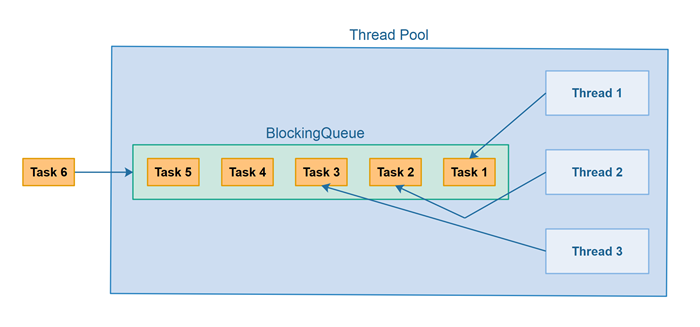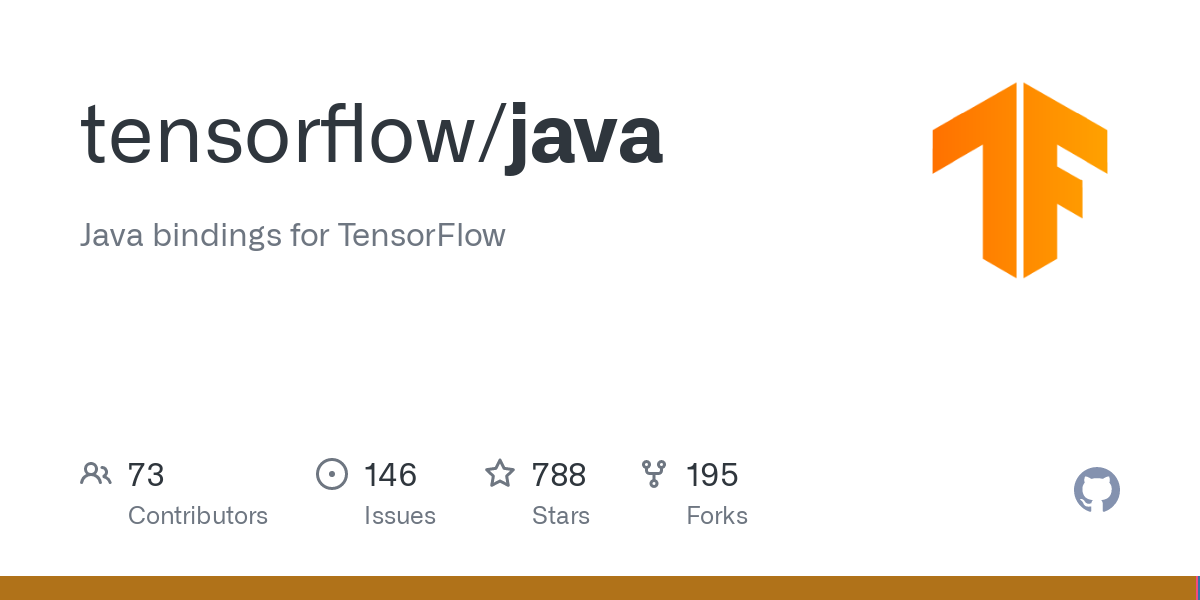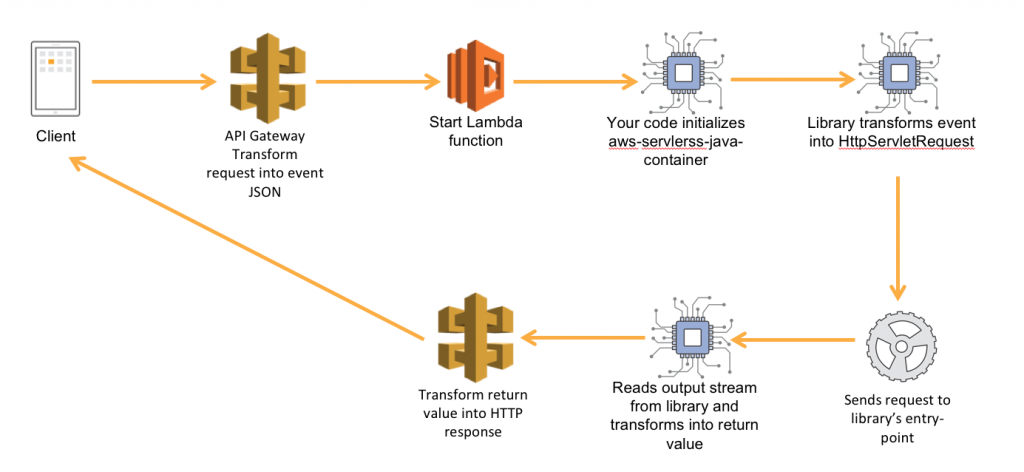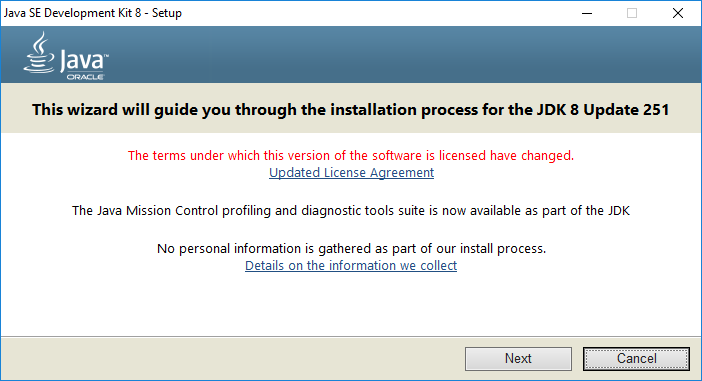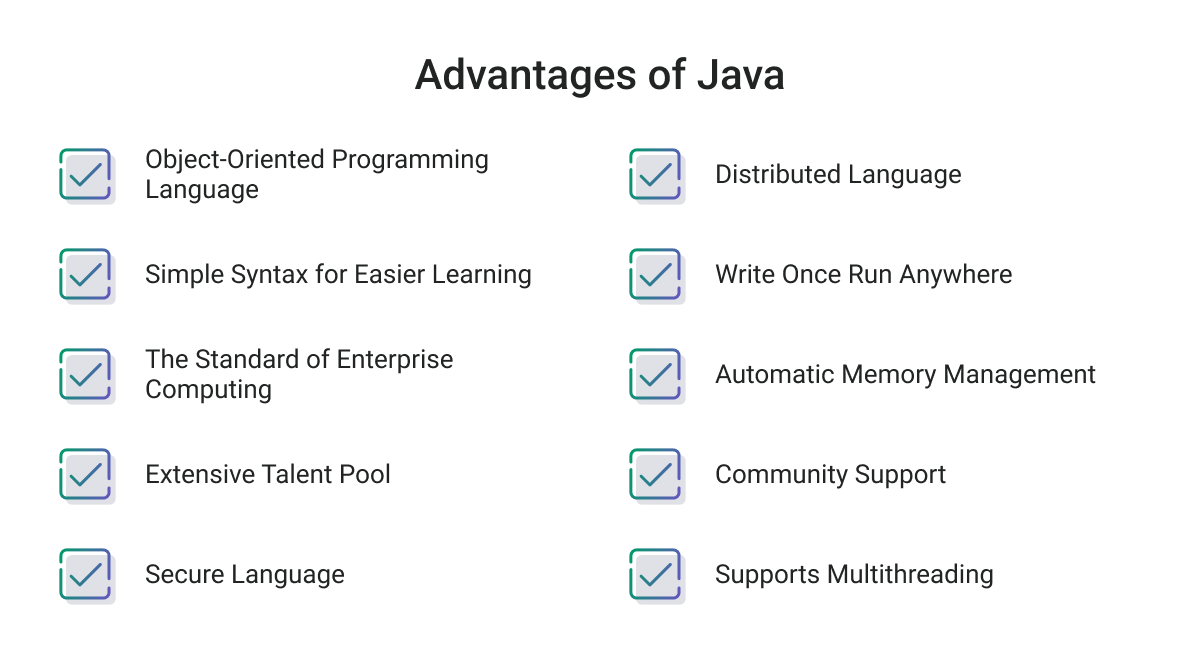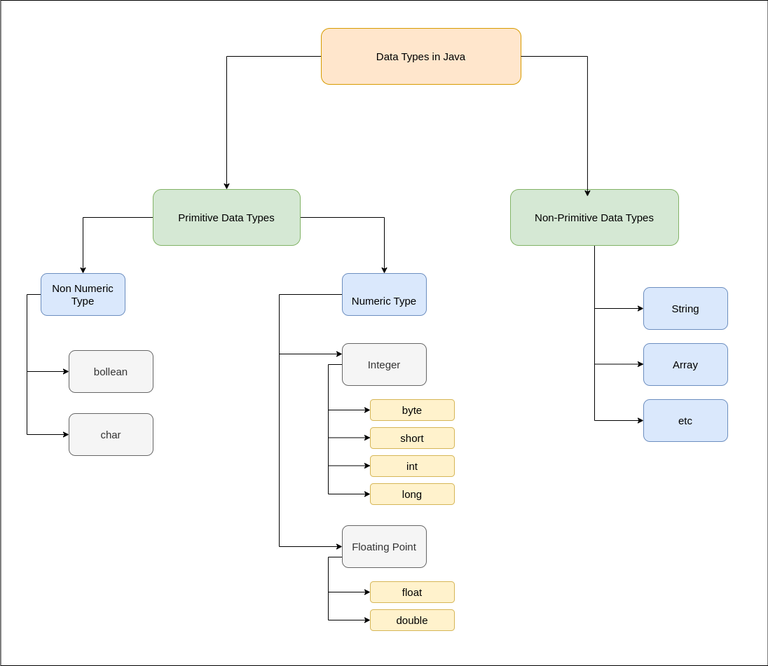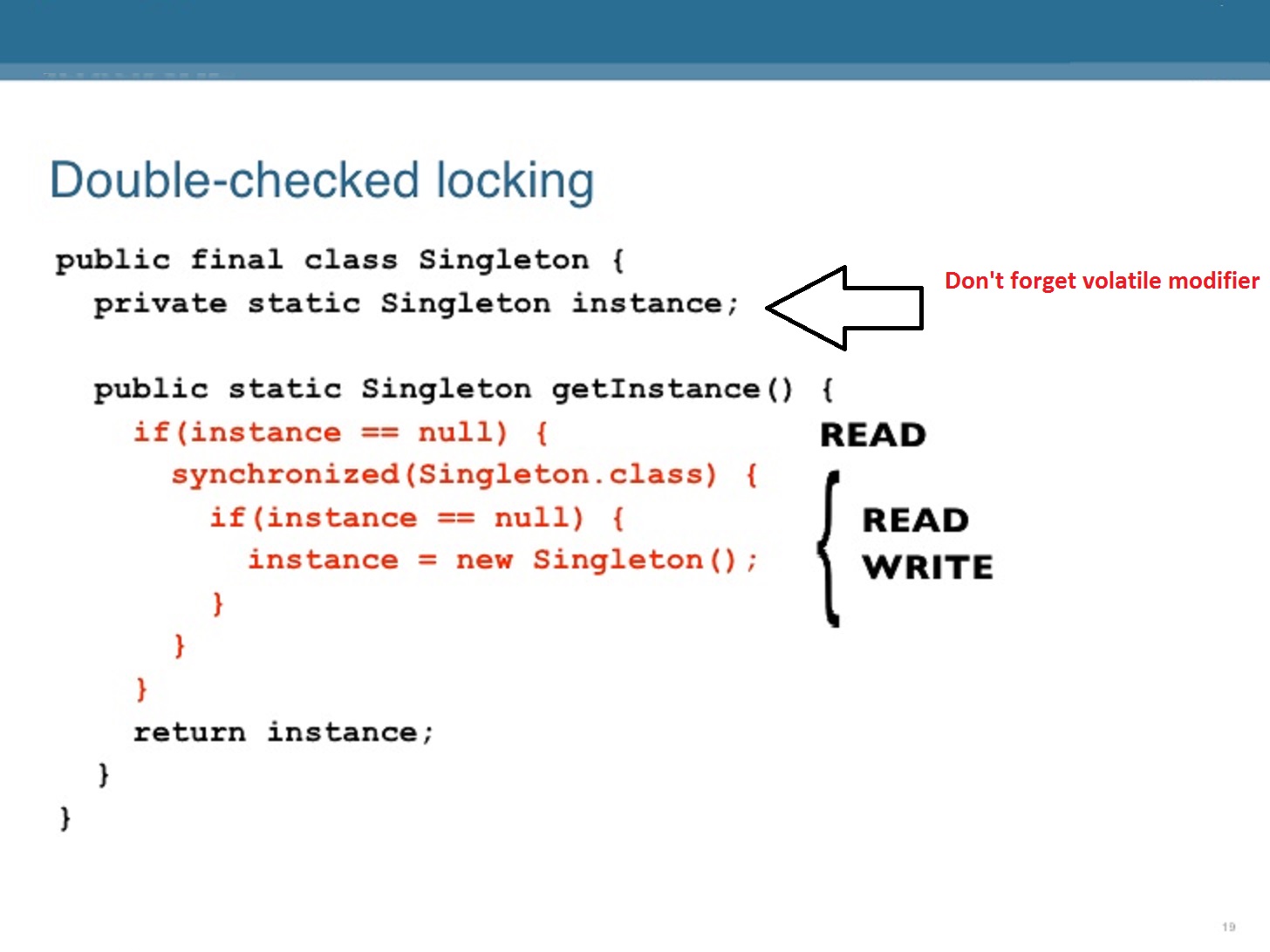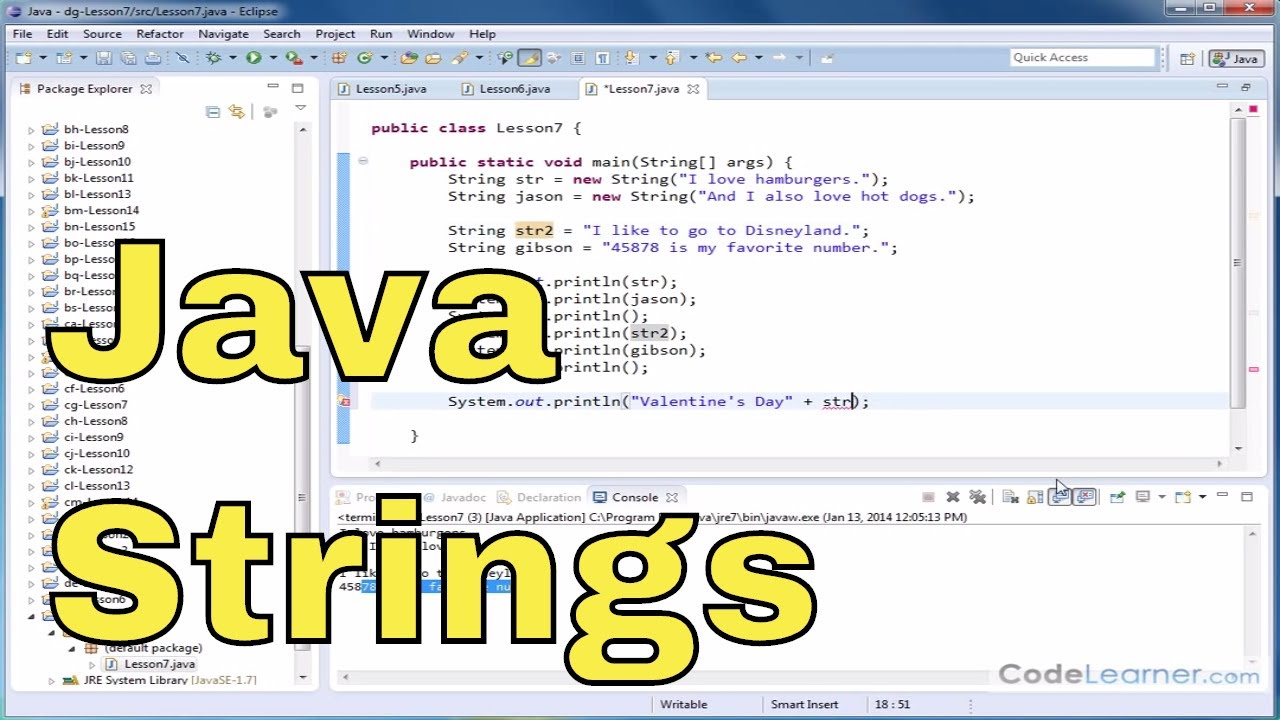What is java serverless framework
What is java serverless framework
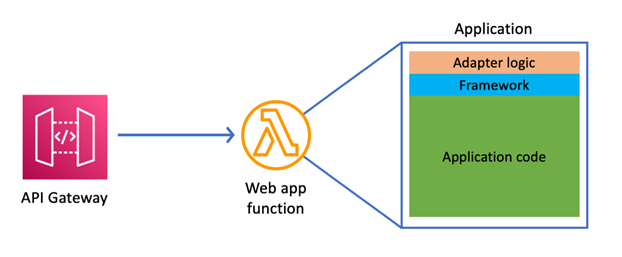
Here's a detailed explanation of the Java Serverless Framework:
Serverless computing, also known as Function-as-a-Service (FaaS), is an architecture that enables developers to write code without worrying about the underlying infrastructure. With this approach, you only pay for what you use, as resources are allocated dynamically based on demand.
The Java Serverless Framework is a tool that helps you build and deploy serverless applications in Java. It allows you to focus on writing business logic without worrying about the underlying infrastructure, such as provisioning servers, managing scaling, or configuring database connections.
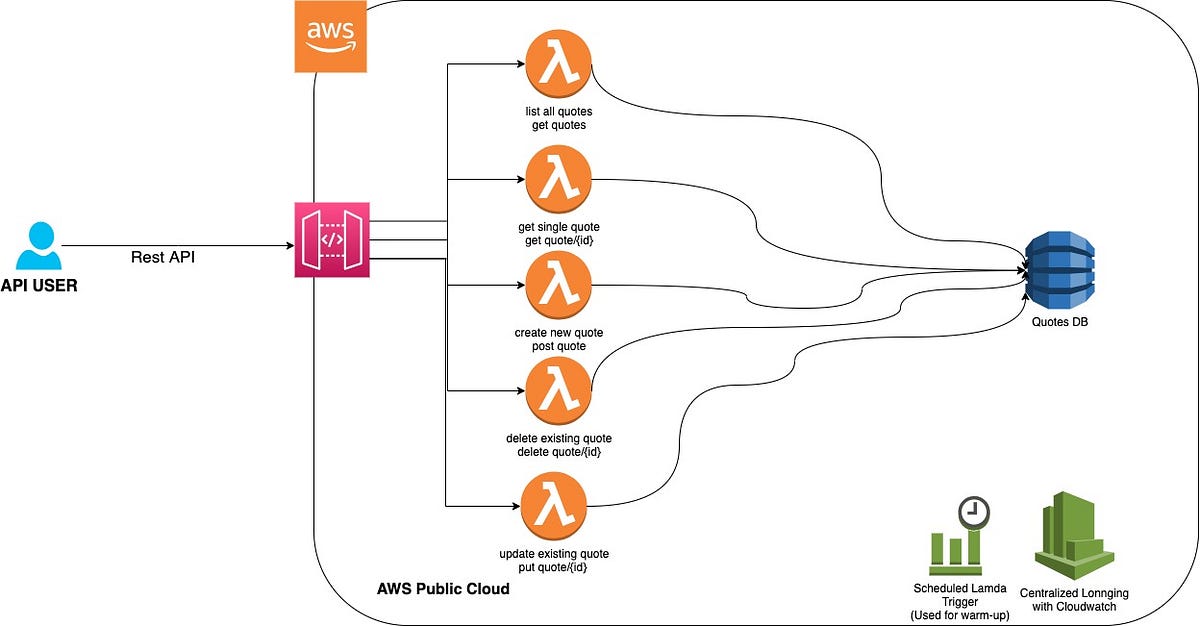
Here's how it works:
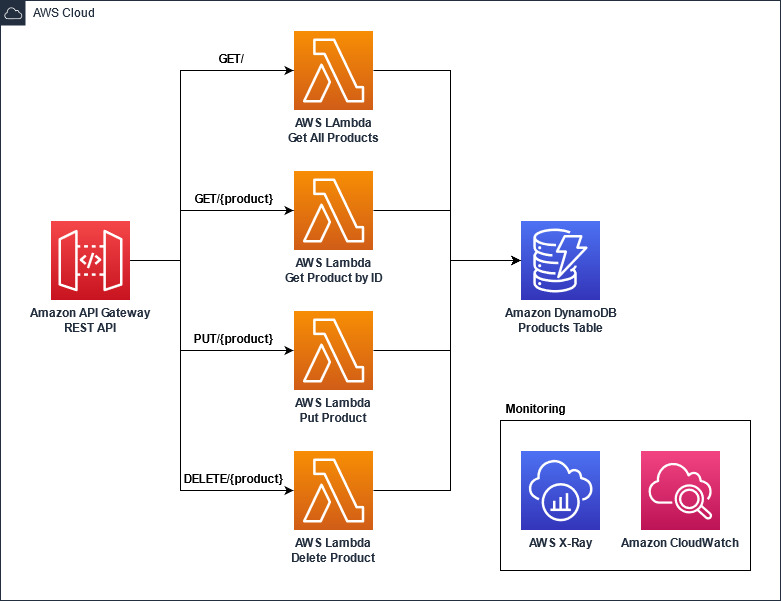
Some key benefits of using the Java Serverless Framework include:
Cost savings: Only pay for what you use, as resources are allocated dynamically based on demand. Increased scalability: Scale automatically with your application's needs, without worrying about provisioning or managing servers. Flexibility: Develop and deploy serverless applications that can integrate with other services, such as cloud storage, databases, or messaging systems.The Java Serverless Framework provides a set of APIs and tools to help you build, test, and deploy your serverless applications. It supports popular serverless platforms like AWS Lambda, Google Cloud Functions, and Azure Functions, allowing you to write functions that can run on multiple clouds.
To get started with the Java Serverless Framework, you'll need to:
Install the framework: Download and install the Java Serverless Framework from its official GitHub repository. Choose a serverless platform: Select one of the supported platforms (AWS Lambda, Google Cloud Functions, Azure Functions) and create an account if needed. Write your functions: Start writing your serverless functions in Java, using the framework's APIs to interact with the underlying infrastructure. Test and deploy: Test your functions locally and then deploy them to your chosen serverless platform.By leveraging the Java Serverless Framework, you can build efficient, scalable, and cost-effective cloud applications that can handle varying traffic patterns and demands.
Serverless Framework Java Spring Boot
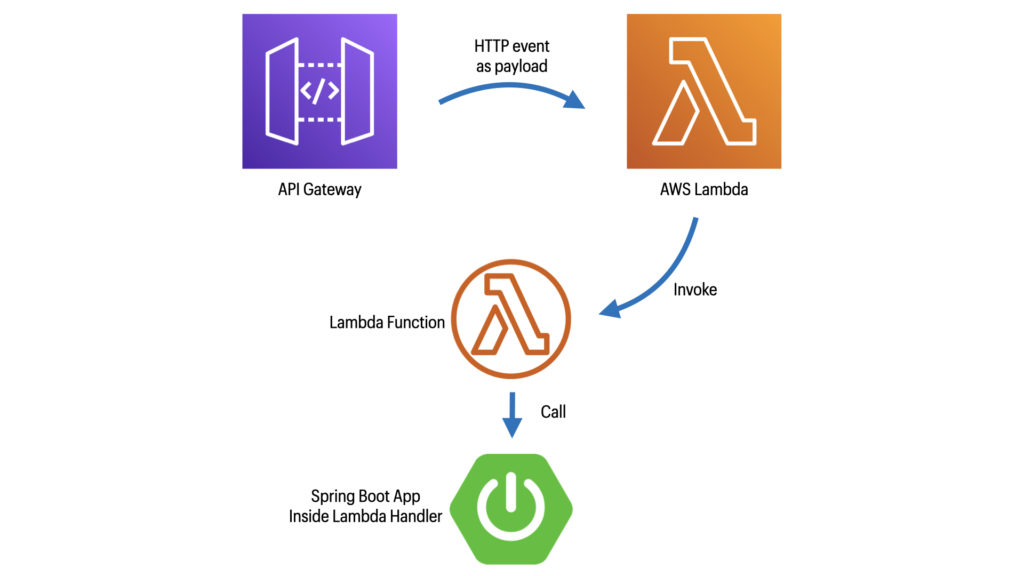
Serverless computing has gained significant attention in recent years due to its ability to scale and manage infrastructure efficiently. In this context, combining Serverless with popular frameworks like Java and Spring Boot can provide a powerful combination for building scalable applications.
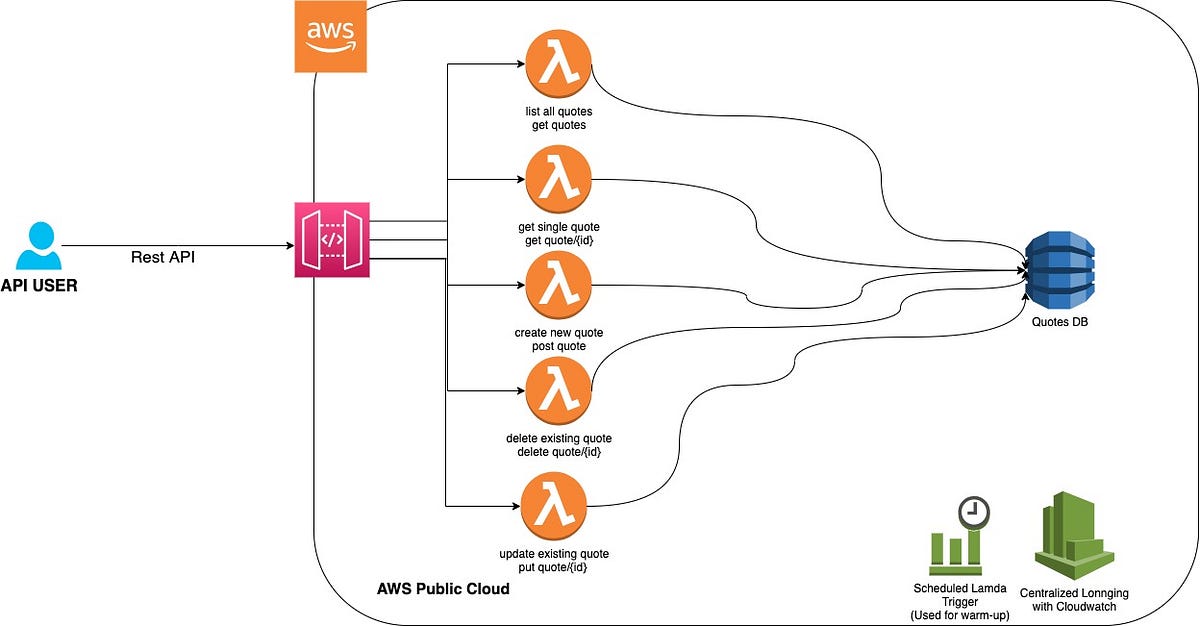
What is Serverless Framework?
The Serverless Framework is an open-source platform that enables developers to build serverless applications using various programming languages, including JavaScript, Python, and Java. It provides a simple and flexible way to deploy code to cloud-based platforms such as AWS Lambda, Azure Functions, and Google Cloud Functions.
How does it work with Spring Boot?
Spring Boot is a popular framework for building web applications in Java. To integrate Serverless Framework with Spring Boot, you need to create a new project using the Serverless Framework's Maven or Gradle plugin. This will generate a basic serverless application structure that can be further customized and extended.
Here are some key steps to get started:
Create a new Serverless project: Use the Serverless Framework's command-line interface (CLI) tool to create a new project using your preferred Java IDE. Configure Spring Boot: In the project root, create apom.xml file or a build.gradle file depending on your choice of build tool. This will allow you to add Spring Boot dependencies and configure the project accordingly. Write your code: Write your Spring Boot-based application logic using Java, leveraging its features such as dependency injection, AOP, and more. You can use Spring Boot's RESTful web services capabilities to create API endpoints that can be triggered by serverless events. Deploy to Serverless: Use the Serverless Framework's CLI tool to deploy your Spring Boot-based application code to a cloud platform of your choice (e.g., AWS Lambda, Azure Functions).
Benefits of combining Serverless with Spring Boot
This combination offers several benefits:
Faster deployment: With Serverless Framework, you can quickly deploy and manage your Spring Boot applications without worrying about infrastructure provisioning. Cost-effective: Since serverless computing only charges for actual usage, this combination can help reduce costs compared to traditional VM-based deployments. Improved scalability: The serverless model automatically scales your application based on demand, ensuring that it can handle increased traffic and requests more efficiently. Enhanced security: Cloud platforms provide built-in security features like authentication and authorization, which can be leveraged to secure your Spring Boot applications.Challenges and limitations
While combining Serverless with Spring Boot offers many benefits, there are some challenges and limitations to consider:
Learning curve: Both Serverless Framework and Spring Boot have their own learning curves, so it's essential to invest time in understanding both technologies. Code complexity: Integrating serverless computing with Spring Boot can result in more complex code due to the need to handle asynchronous programming, event-driven architectures, and function invocations. Testing and debugging: Testing and debugging serverless applications can be challenging due to the distributed nature of cloud platforms.In conclusion, combining Serverless Framework with Spring Boot offers a powerful way to build scalable, cost-effective, and secure web applications. While there are challenges and limitations to consider, the benefits of this integration make it an attractive option for developers looking to leverage the strengths of both technologies.
